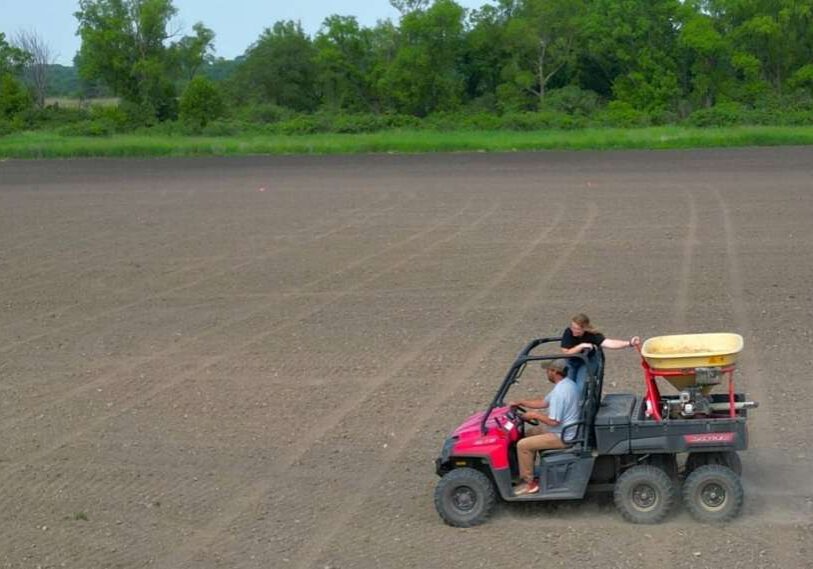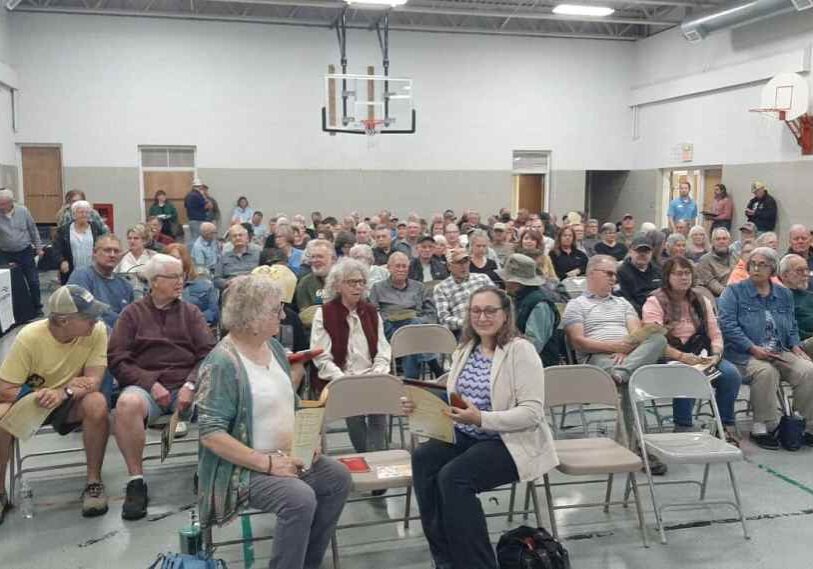Rural Renewal: Placemaking in Small Towns Through Good Design

SPRING GROVE — Community members in a small town in Minnesota were looking for ways to create a community center that would not only serve as a hub for residents but also as a way to get students involved in the process.
“How can we help get the students at the table so that they feel more welcome, frankly, but then also, that they develop that sense of belonging that will make them want to come back to the community one day?” Courtney Bergey Swanson, Economic Development Authority director of Spring Grove, Minnesota, told the Daily Yonder.
“Or that will make them want to stay in the community, make them part of our civic fabric, and help set them up to become the next generation of business owners, mothers, fathers, teachers. It’s kind of a part of our larger strategy to really make sure that our youth feel like they belong, and that there’s a place for them in the community.”
In the summer of 2022, Spring Grove was selected as a recipient to the Citizens’ Institute on Rural Design, or CIRD, an initiative of the National Endowment for the Arts and the Housing Assistance Council.
The Citizens’ Institute on Rural Design
CIRD focuses on communities with populations of 50,000 or less, and the goal is to enhance the quality of life and economic vitality of rural America through planning, design, and placemaking. The organization held workshops and planning meetings to help the community define its vision for a shared space. Renderings were created to show what a multi-functional building with classrooms, an auditorium, and other amenities might look like.
Shonterria Charleston, the director of Technical Assistance and Training at the Housing Assistance Council, said there are four main pillars to the program.
“It really is intended to empower local citizens to capitalize on the unique local and regional assets in order to guide the civic development as well as future design of their communities,” she told the Daily Yonder. That includes revitalization strategies, and creative placemaking arts, culture and design, as well as idea exchanges and peer learning as “drivers of economic development.” Charleston said all that is working towards preparing communities to be ready and competitive for arts and design-related state and federal funding opportunities.
Charleston said some of the challenges that come with rural placemaking are scaling up.
“Finding the right partners, making sure that you have all the important stakeholders involved,” she said. “Really making sure that you have residents that are at the forefront of leading these activities. And then there’s also resources. So, resources and partnerships are…two things that will either make or break any development initiative.”
Charleston said one thing that they have consistently heard is that the peer connections are some of the best parts of the program.
Nine months after the cohort session ended for Spring Grove, the goal now is to see the idea become reality. Feasibility studies conducted by the school will determine how much the community could support in terms of the referendum. Other funding options include philanthropic support and earmarked congressional dollars.
”We’re working hard now to try to figure out how to bring the vision to reality,” Swanson said.






